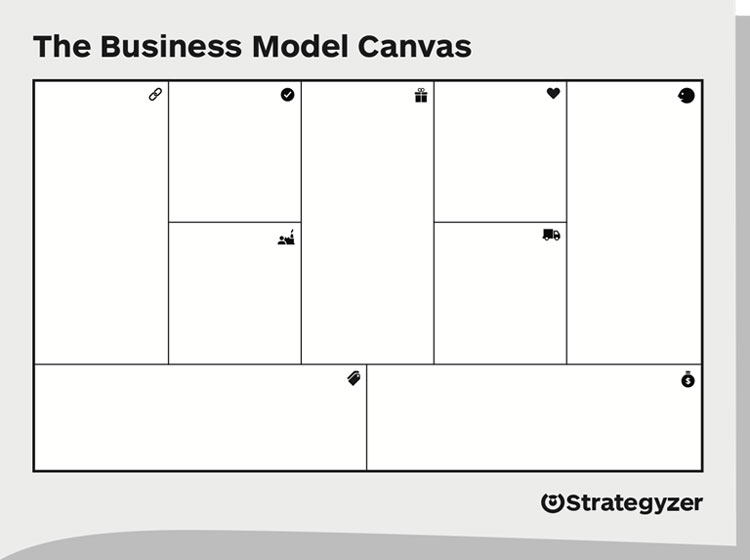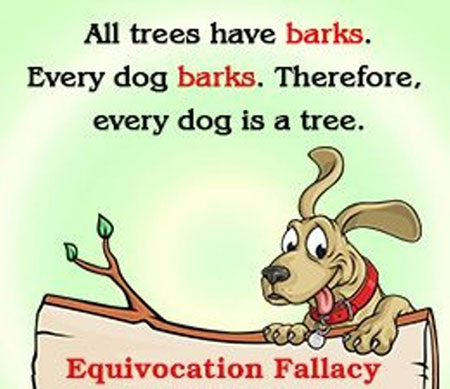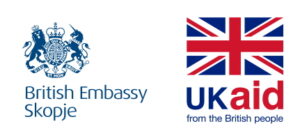New generations cannot change the world if teachers only give students models for re-printing businesses and social projects and therefore reproduce the existing social order.
The concept of “a model” seems so useful and pictures that it is often being overused or misused or abused, in scientific explanations, in education, upbringing, organizational practices, etc. Also, in teaching business and social project development models (modeling tools) are being frequently used, also misused, or abused; in the past two decades, mostly in form of a business model canvas and many variations of it.
We can agree that canvas business modeling (business model canvas) is a fine tool for business and project planning and for didactical purposes for teachers and consultants. But there are some dangers in uncritical use of the model(s).
A business model canvas (many versions of it) has a pre-fixed structure and rests on many implicit assumptions, it offers a limited list of words used in the description of a model and in a prescription for using it. And it is set in a cultural and ideological background that gives those words their denotation and connotation, that is, the meaning of words and the values that come with them.
The question is whether teachers and consultants, when using the business model canvas in their courses or consultations, discuss this background with their listeners. We believe mostly not. Also, we`ve made conceptual research Importance of critical literacy for teachers and students when using business model canvas tools, a study to enlighten the existence of the implicit assumptions and contexts in some models and to point out the importance of such conceptual and contextual analysis of canvas tools in education.
 Picture 1: A standard structure of business model canvas is a canvas tool under a creative commons licence by Strategyzer.
Picture 1: A standard structure of business model canvas is a canvas tool under a creative commons licence by Strategyzer.
Business model canvas is set as a blank sheet of paper that is supposed to give a space for creative use in business planning or social project planning and other uses. But this blank sheet is not as blank as it looks, it actually speaks a thousand words. The number and structure of building blocks limit the context of the words used in the description of the blocks: value proposition, customers, delivery, relations, partners, resources, activities, revenue, costs, and profits. If a start-up entrepreneur uses the model and takes these words as interpreted in instructions, he will make use of it.
But if an activist with a care service project in a local community needs help with business planning, the ideological context of her project is paradigmatically different from the start-up mindset, and if she will not be able to read the canvas model critically, she will force a square model on a round project, so to speak, and she will cut away the vital part of her project. And at the end, her entire endeavor will be judged as a miscarriage.
Words like “value”, “customer”, “property” etc. have strong contextual background
For instance, if a group of young people without realistic possibilities to buy or safely rent apartments on a cruel real-estate market start to develop a cooperative housing project, how can they squeeze their idea into a model that only comprehends the two notions of the word “property” (private and public/state property), and completely leaves out the third one, i.e., communal property or commons, which is a crucial category in planning of a rental housing cooperative. It takes a critical reading of the canvas model to unfold how the notion of “property” in the model is stuck in the dichotomy of public-private and gives no room for inclusion of common property or commons into the business model of such a housing project.
Another example that shows the necessity for critical reading of a canvas tool is the word “value” which is used in different contexts. For instance, the case of a question “What is the value of your product for your costumers?” in comparison with “How will you create value from your product?” In the first case the word “value” refers to “satisfaction,” and in the second case, it refers to “money value”.
So, when combining these two meanings of the word “value” to make a conclusion, the user of a model can come to misleading conclusions, for instance, that customers measure the value of satisfaction with money criterium. There are tools and textbooks for teachers and students to learn to recognize such misuses of words and conclusions making, which are in logic called logical mistakes or fallacies.
 Picture 2: An example of equivocation fallacy. Our case of the two uses of the word “value” is also an example of this type of logical fallacy.
Picture 2: An example of equivocation fallacy. Our case of the two uses of the word “value” is also an example of this type of logical fallacy.
Also, in regard to the examples of contextual use of words “property” and “value” is a rigid use of a notion “customer”, which in our case of a housing cooperative changes its place in a structure since customers are cooperative members themselves, meaning the same subjects as are carrying out the endeavor, so the segment of customers’ needs to be allocated to the left side of a model or some other re-construction of a model needs to be done to properly support our case example.
Source: pexels.com
Also, the upper two uses of the word “value” in two different questions come to an obvious paradox in the same persons asking themselves “How can I create (money) value from satisfying my valuing of safe rental situation?”.
Critical reading of business modelling tools empowers the young for re-creating the reality
These examples try to show that a critical approach is necessary for teaching business modeling. A method that can be used for this purpose is critical literacy, which, according to Paulo Freire in Pedagogy of the Oppressed, means the capacity to analyze, critique, and transform social, cultural, and political texts and contexts. For Freire, “reading the word entails reading the world.” Therefore, the transformation of the world lies in renaming phenomena. If we paraphrase Freire, writing the word entails writing the world. So, understanding and changing the contexts of words in business modeling is as important as changing the contexts and meanings of words in wider social aspects.
For instance, if a teacher only uses the word “family” in the context of two heterosexual partners with children, then he is reproducing a social order with his teaching.
Only the contextual change of the use of the word “family”, when it becomes a practise of using it also in contexts of bisexual partners with children or other adult communities with children or individual adults with children, than the social change is possible.
The same goes with teaching of business modelling. Teachers and consultants should give their students support to critically read the business model canvas, to question the structure of it and change its architecture if needed, to analyze and rephrase the concepts in the building blocks, to bring in new uses of notions of “value,” “profits,” “relations,” “property,” “customers and users,” “costs,” “revenues” etc. And finally, to change the criteria of a successful endeavor that constricts the entire model. So also, “slow-growth” or “de-growth” or other principles can be set as parameters of success, for instance.
A critical reader of a business model will ask him/herself, “Who is speaking through the model?” “What is his purpose?”, “Which economic theory legitimizes the model?” “What kind of a social structure maintains such a model?” And then, she/he will take the model to a new context, and by rephrasing the concepts, he/she will be able to reshape the world. New generations cannot change the world if teachers only give students models for re-printing businesses and social projects and therefore reproduce the existing social order.
If teachers will gain and forward the skill of critical reading of business models to the students, they will empower students with the skill to transform the societies in which they live.
Please refer to the Terms before commenting and republishing the content. Note: The views and opinions expressed in this article are those of the author and do not necessarily reflect the views of the Institute of Communication Studies or the donor.



